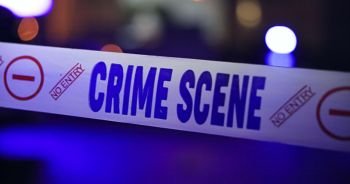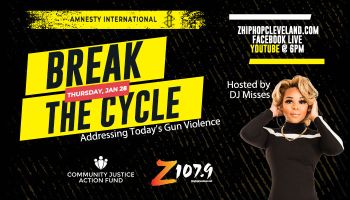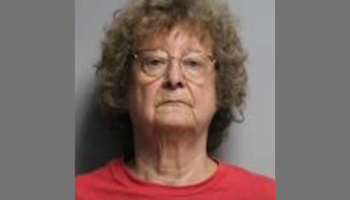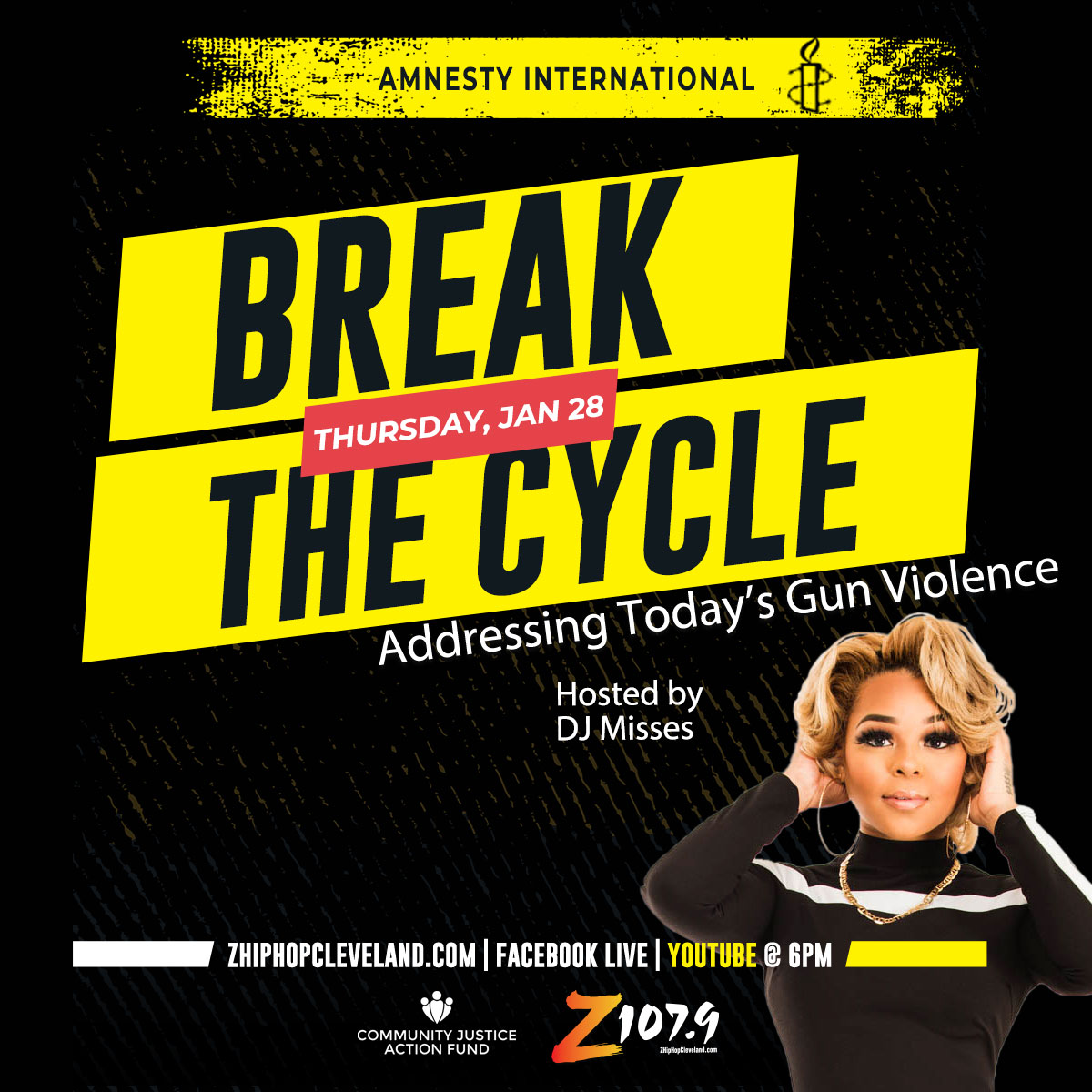
Source: Crowl Inc / n/a
Tune in Thursday, January 28th at 6:00 with DJ Misses and @amnestyinternational to talk about the effects gun violence has on our community. #endgunviolence #breakthecycle #amnestyinternational
Panelists Include:
Source: N/A / n/a
Walter Patton, Founder
Create Art, Not Violence
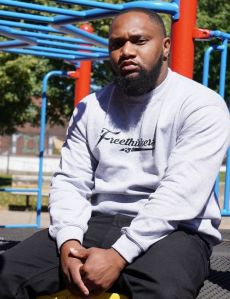
Source: N/A / n/a
Myesha Crowe, Executive Director
Cleveland Peacemakers Alliance

Source: N/A / n/a
Mai Moore, Founder
Empowering Youth Exploring Justice (EYEJ)

Source: N/A / n/a
Ernest Coverson, Manager
End Gun Violence Campaign
Amnesty International USA
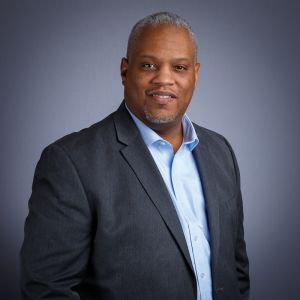
End Gun Violence Essays Contest: $1500 Cash Prize
Topic: Gun Violence and its Effect on Communities
Eligibility: The contest is open to any current high school and college student
Deadline: February 28th, 2021 (11:59 p.m. PST)
https://rightsnow.amnestyusa.org/egvessaycontest/
WHAT DOES THE BREAK THE CYCLE OF VIOLENCE ACT DO?
The Break the Cycle of Violence Act2 (S. 2671, H.R. 4836) would provide federal grants to communities that experience 20 or more homicides per year and have a homicide rate at least twice the national average, or communities that demonstrate a unique and compelling need for additional resources to address gun and group-related violence. Each grant awarded would be renewable over five years and funds will be commensurate with the scope of the proposal and the demonstrated need.
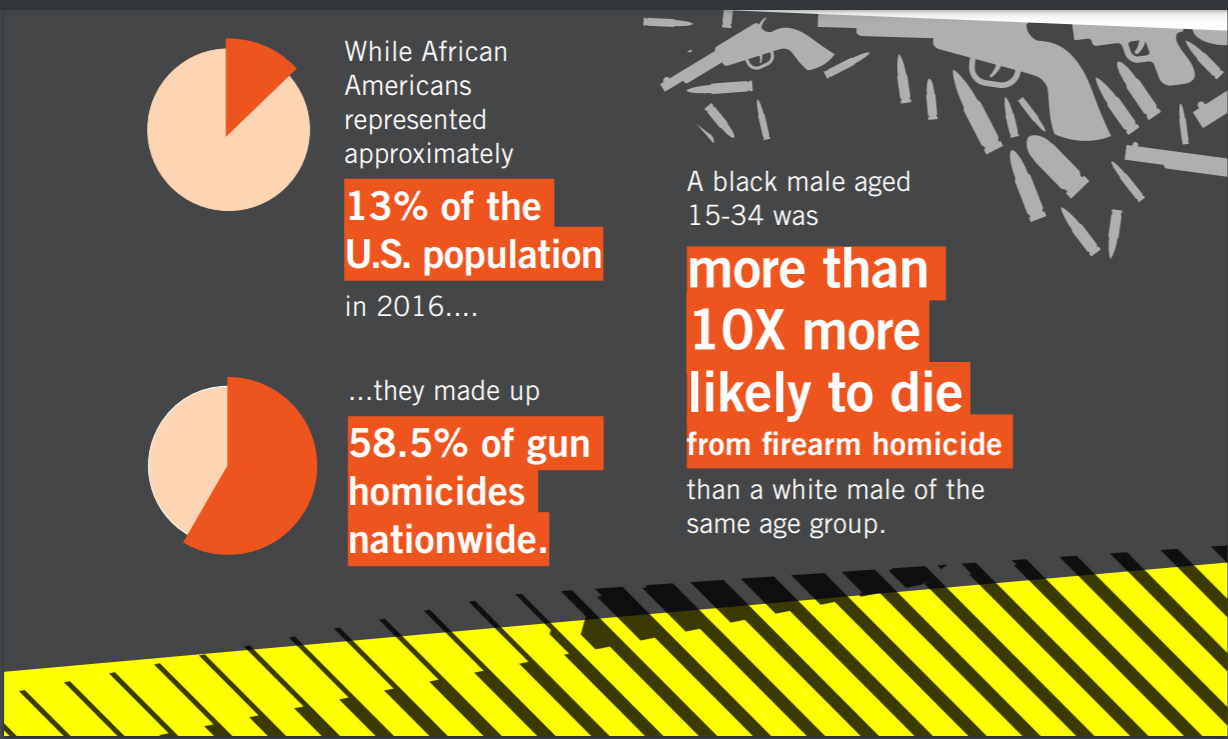
Source: N/A / n/a
THE PROBLEM
Gun violence in the U.S. is a human rights crisis. The sheer volume of people killed or injured each year by gun violence is staggering. Killing an average of 109 people each day, gun violence is the second leading cause of death among children and disproportionately affects communities of color nationwide.
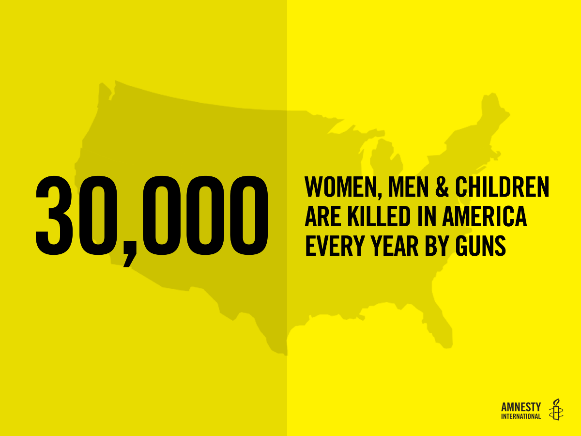
Source: N/A / n/a
In 2019, nearly 40,000 people died as a result of gun violence, including in over 400 mass shootings.1 In fact, the U.S. has both the highest absolute and highest per capita rates of gun ownership in the world, with guns easily accessible by those most likely to misuse them. Unfortunately, the U.S. has failed to implement 1 http://www.gunviolencearchive.org even a basic system for the regulation of firearms, nor has the U.S. provided communities with the sustained funding they need to address gun violence in their communities both in the short and long term. Even in normal times, these programs suffer from a lack of sustained funding. But the situation is even more dire in the wake of COVID-19: local organizations are strapped for resources at a time when they are not only combatting gun violence, but also acting as first responders and conveyors of information
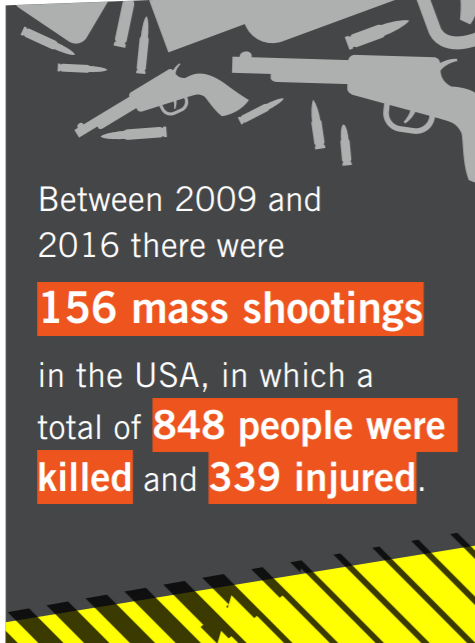
Source: N/A / n/a
The Solution
Communities require increased support for gun violence intervention and prevention programs, focused on interrupting cycles of violence, and increased funding for direct services including mentorship to individuals at high risk of engaging in gun violence. These types of cost-effective programs have proven to be highly effective at reducing gun violence and saving lives. Further, taking these critical steps to reduce and prevent firearm homicides is not only good for our communities, it will also decrease the economic burden on our health care and criminal justice systems, quickly paying dividends for taxpayers and communities alike. With sustained investment into these programs, combined with a national comprehensive strategy aimed at reducing gun violence, particularly in communities of color, the U.S. can make inroads to reducing gun violence in all communities.
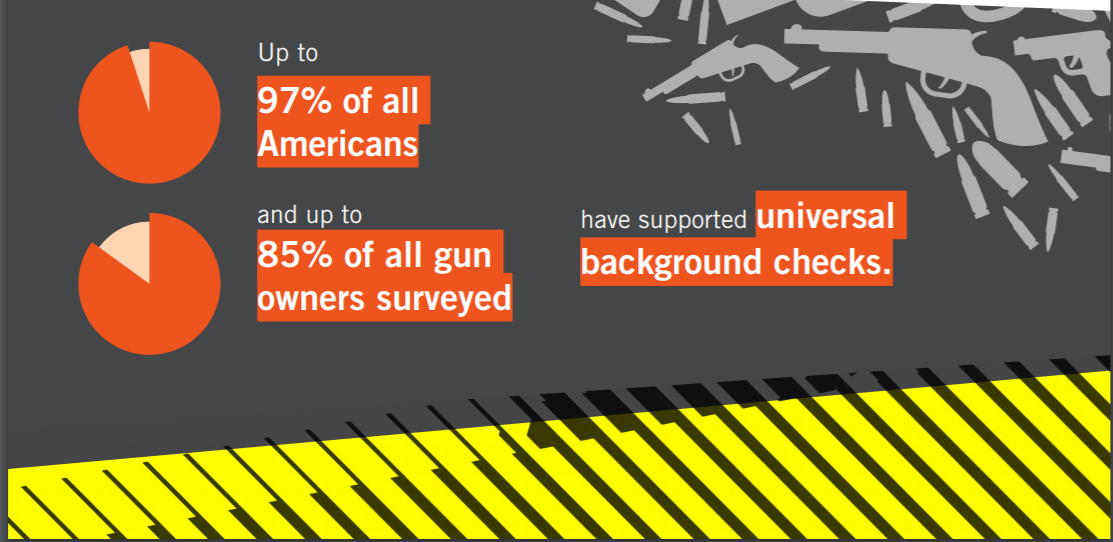
Source: N/A / n/a
Research indicates that sustained funding for evidence-based projects, tailored for specific local contexts, and working in partnership with the affected communities, can achieve significant and long-lasting reductions in firearm violence. A number of federal and state-funded violence intervention and reduction programs, and accompanying strategies, have proven effective in decreasing gun violence in communities. That is why Amnesty International USA is calling for Congress to authorize at least $150 million in annual investment to effective violence intervention programs that provide group violence and hospital-based interventions along with evidence-based street outreach programs, all of which have all proved integral to reducing gun violence in communities.
By focusing efforts on a concentrated group and engaging community members in providing direct services and mentorship to individuals at higher risk of engaging in gun violence, many cities have made significant progress to reducing violence and creating safe communities. Importantly, the design and implementation of these programs must in¬clude human rights safeguards including the right to freedom from discrim¬ination, the right to pri¬vacy, and the right to due process.
There are a number of Federal and state-funded evidence-based violence intervention and reduction strategies that have proven effective in decreasing gun violence. It is important to note that community advocates, street outreach workers, violence interrupters, program managers, directors and participants indicated that violence reduction initiatives are most effective when members from impacted communities, many of whom have been perpetrators and/ or victims of gun violence themselves, are involved in the development and implementation of programs.
Embed Code:
EXAMPLES OF COMMUNITY-BASED VIOLENCE INTERVENTION PROGRAMS
Operation Ceasefire Model: Works with community members, local officials, law enforcement and direct service providers to identify a small group of individuals most at risk of being involved in gun violence. They are invited to in-person meetings where specific benefits and direct services are offered in return for agreeing not to engage further in gun-related activity. 2. Cure Violence Model: Uses a public health framework to assess gun violence – treating gun violence like an epidemic – by focusing on the way violence is spread from person to person and interrupting cycles of violence proactively, including offering rehabilitation opportunities. 3. Hospital-Based Intervention: Based on the premise that patients admitted to the hospital for gunshot wounds – particularly those who are repeat admissions – may be at high risk of being victims or perpetrators of future gun violence and are likely to be open to modifying their behaviors. With adequate support, connection to direct services, and counseling, these patients leave the hospital with a tailored plan for alternatives to gun violence. 4. Richmond Fellowship Model: Created the Office of Neighborhood Safety, which is independent from the police department, but works collaboratively with the police in the initial phases of identifying high risk individuals for targeted outreach and support. Participants are offered the opportunity to enroll in a program known as Operation Peacemaker, which provides a comprehensive plan for connection with social services, treatment, counseling, educational and professional development training and financial incentives.
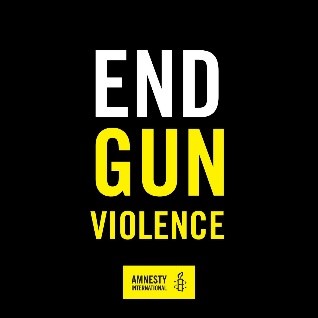
Source: N/A / n/a









